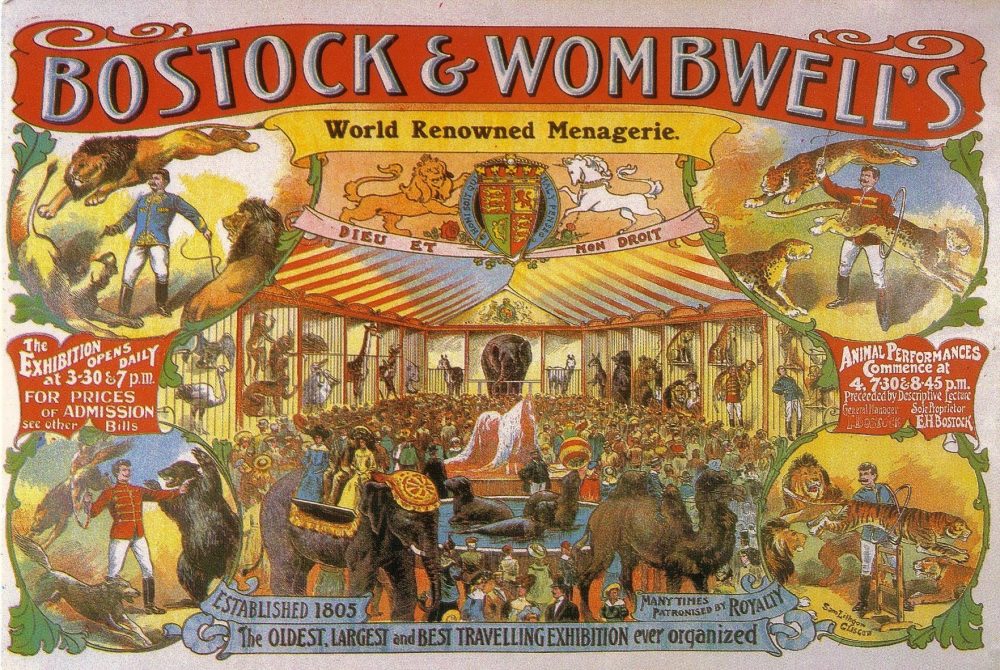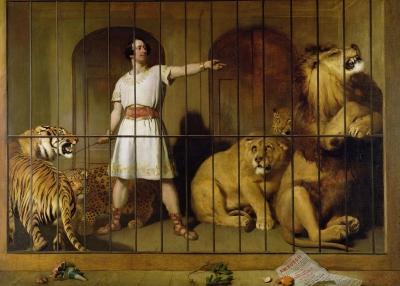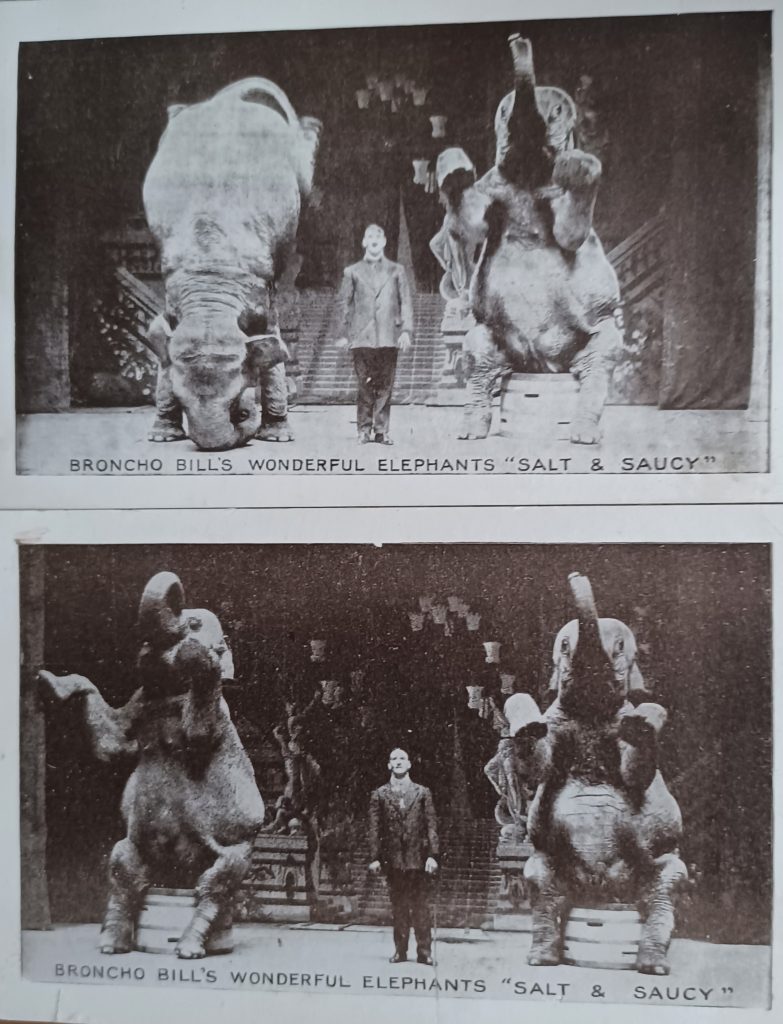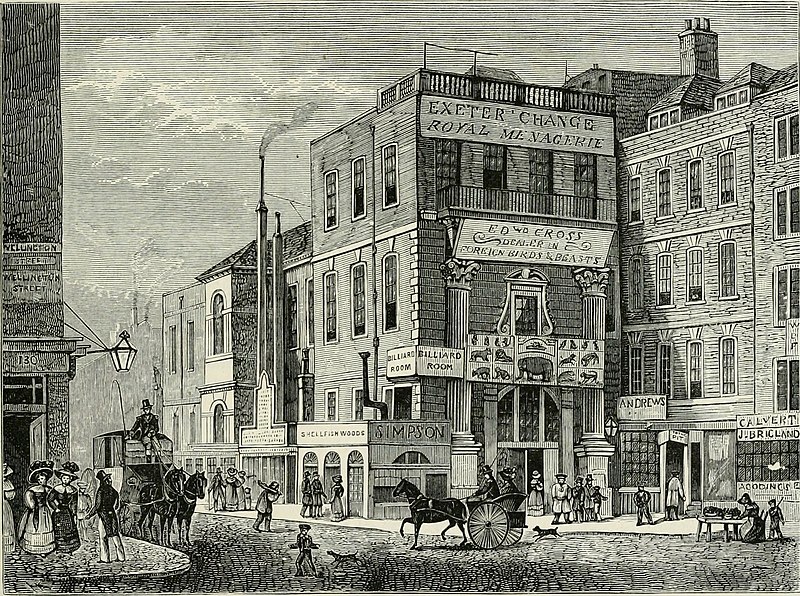During the 18th and 19th centuries, the use of wild animals in London theatres was a common and sensational practice. The use of animals, often exotic and dangerous, added an element of spectacle and excitement to theatrical performances. These displays were known as “animal acts” and were popular attractions in a variety of entertainment venues, including theatres, circuses, and menageries.
Wild animal acts in London theatres were diverse and ranged from dramatic reenactments of exotic scenes to more dangerous displays featuring trained animals. These performances could include scenes depicting jungle hunts, battles between humans and animals, or simply showcasing the exotic nature of the creatures. These acts were often included as part of larger theatrical productions or as stand-alone attractions between acts.
The animals used in these acts were sourced from around the world, and their presence in the city was a testament to the colonial and imperial interests of the time. However, the conditions in which these animals were kept and the treatment they received were often inhumane. Many animals suffered due to inadequate care, confinement, and the stress of performing in unnatural environments.
As public attitudes towards animal welfare began to shift during the late 19th century, concerns about the treatment of animals in entertainment grew. Activists advocated for better conditions and raised awareness about the ethical concerns associated with using wild animals in performances. Eventually, legal regulations and changing societal values led to the decline of such practices in theatres.
Overall, the use of wild animals in London theatres during the 18th and 19th centuries reflects a complex blend of curiosity, entertainment, and exploitation. It’s a historical reminder of how attitudes towards animals and entertainment have evolved over time.



